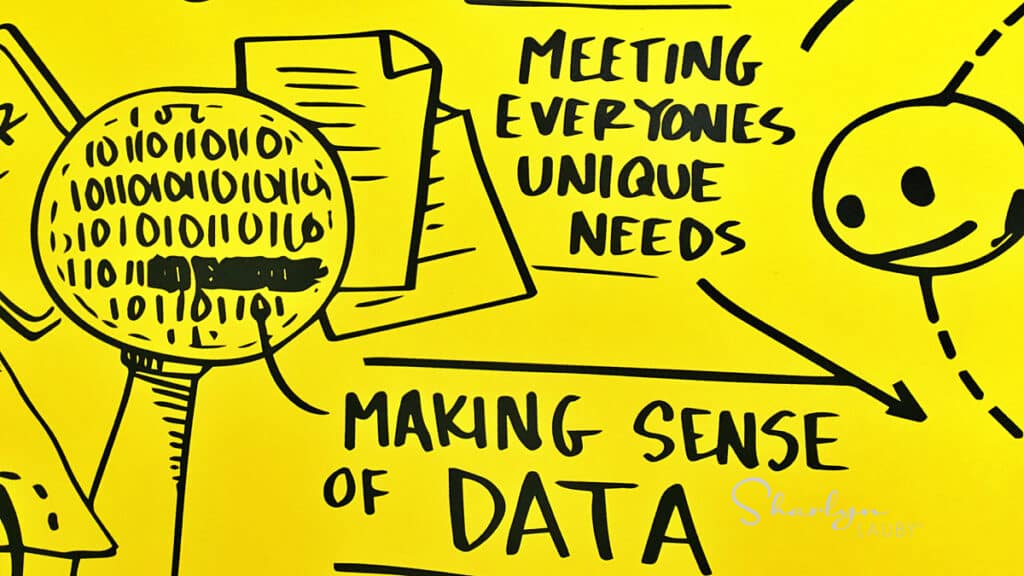6 Key Principles for Organizational Decision Making

Organizations are always making decisions. And when faced with unique circumstances, they might have to make some more – including some really tough ones. Decision making isn’t easy. Some people avoid making decisions at all costs. And avoidance is a decision in itself. There are times when the outcome from no decision can be worse.
At some point last year, I attended a conference where the speaker shared six principles for decision making. And I have no excuse for not knowing which conference and the name of the speaker. Please forgive me! But I found my notes from the event, thought the principles were good, and I’d like to share them with you.
- Be Consistent. Organizational decision making is a process. For example, if the company typically gets a focus group of customers together when rolling out a new product. Then not doing that could appear to be odd to customers. Use a consistent process for reaching and communicating decisions. It helps people know what to expect from the organization.
- Support organizational values. I know this sounds obvious, but any decision the company makes should align with the company’s core values. When the company makes resolutions that don’t appear to align, people will question it. If the company can explain it, then great! But if they can’t, then sometimes human nature is to suspect the worst.
- Align individual and company goals. Speaking of alignment, organizational decisions also need to be able to align with employee goals. Deciding something about the company will usually impact performance goals. Most of us work in organizations where the company’s goals are the department’s goals which then become the employee’s goals.
- Make decisions future focused. This ties into number three. When we talk about decisions, they should be focused on the future. I’ve been in situations where something happens in the organization and senior management decides they don’t want that to happen again. So, they decide a policy needs to be written about the past event. They should be talking about what they would like to see in the future.
- Communicate decisions in a positive way. I remember years ago, someone saying that HR departments were really “The Department of No”. It stuck with me. When it comes to company communications, we don’t need more “no” policies. Organizations should communicate what employees “can” do and how they can be more successful.
- Assign accountability. When decisions are made, consider using a model like RACI (responsible, accountability, consult, and inform) to improve the implementation of the decision. It’s not enough just to make the decision. Or to simply communicate it. The organization needs to make sure that what has been decided actually happens.
Whether organizations make decisions that are perceived wonderful, fabulous, and loved by everyone or sad, awful, and sure to upset most, companies need to make sure that what you decide is consistent with the organizational belief system, communicated clearly, and implemented properly. Having a few principles in place can help companies reach consistent decisions so that, even when the conclusion isn’t loved, everyone can understand it.
P.S. Speaking of decision making, one of the biggest evaluations that organizations make involves the technology they use. The HR Technology Conference & Expo has decided to go virtual this year. And the event is FREE (but registration is required)! The event will be held October 27 -30, 2020. Same great speakers and an opportunity to learn more about how technology can transform your organization. This decision is a no-brainer so be sure to check it out!
Image captured by Sharlyn Lauby during the HR Technology Conference & Expo in Las Vegas, NV
13